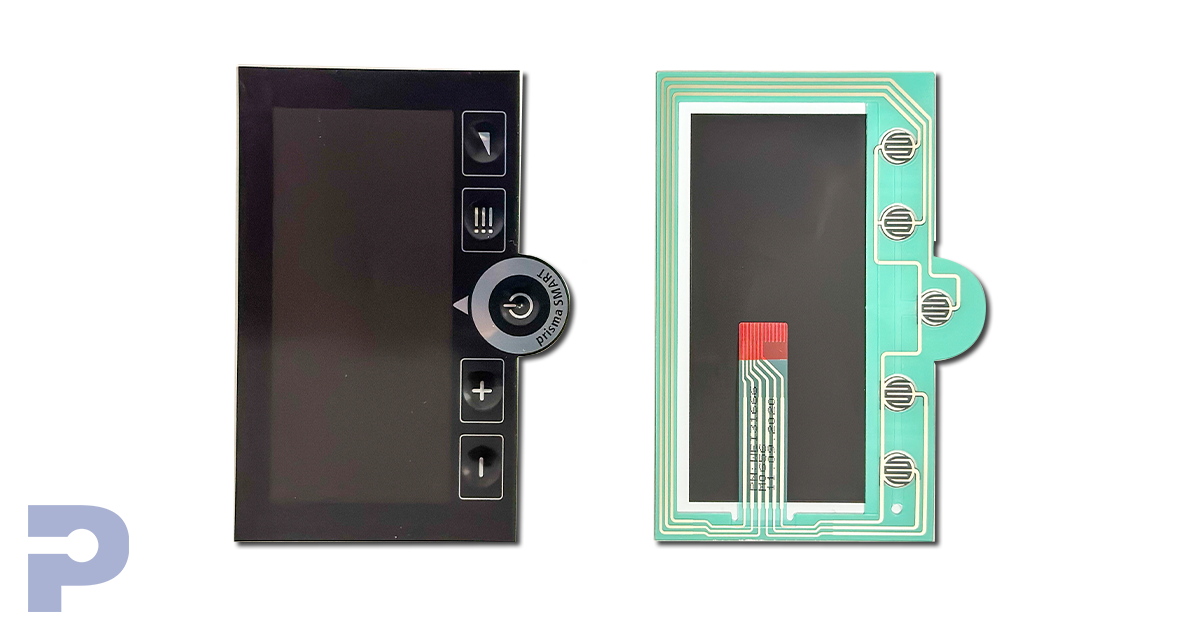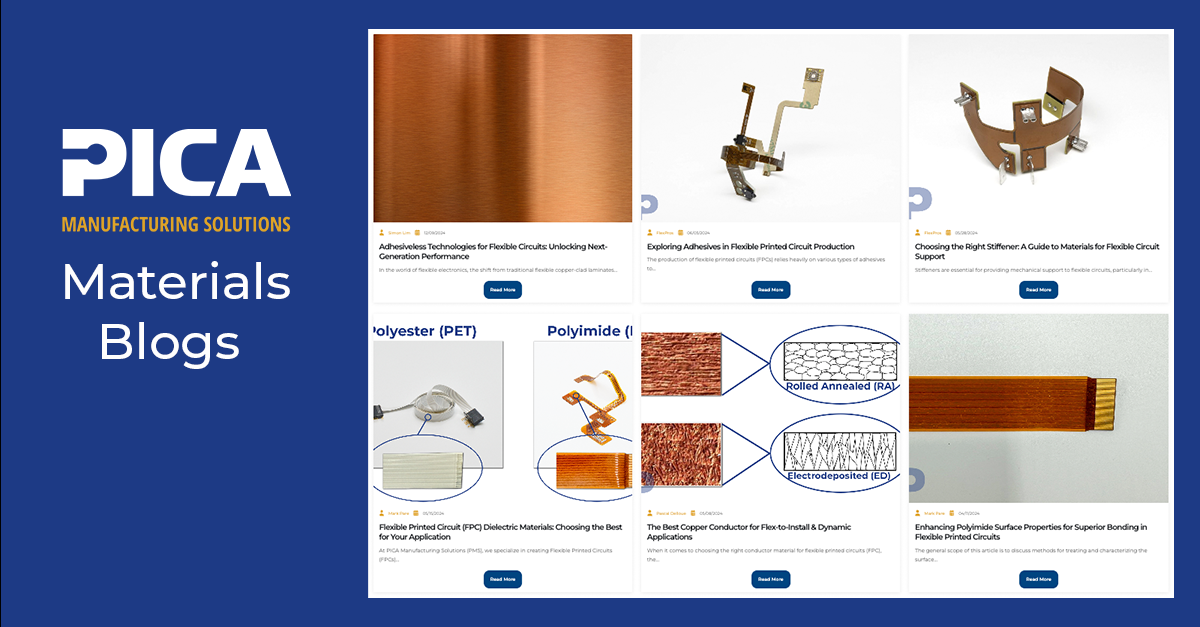
Conductive Inks and Their Role in Flexible and Printed Electronics
As electronics continue to evolve beyond rigid, boxy enclosures, the materials and processes used to build them are changing too. Conductive inks are a key enabler of this shift, offering engineers the ability to print circuitry directly onto thin, flexible, and low-cost substrates.
Used in everything from membrane switches to wearable sensors and disposable medical diagnostics, conductive inks are not just a curiosity—they’re a practical alternative for specific electrical functions in designs where traditional copper circuitry isn’t ideal.
What Are Conductive Inks?
Conductive inks are made by dispersing conductive particles—usually silver, carbon, copper, or graphene—into a liquid medium that can be printed, sprayed, or coated onto a surface. Once the ink is deposited and cured (through heat, UV, or chemical processes), the particles form a conductive path that allows electrical signals to flow.
They’re used with a range of printing technologies, including:
• Screen printing (most common for volume production)
• Inkjet printing (for precision or prototyping)
• Gravure or flexographic printing (for high-speed roll-to-roll lines)
The printed traces can adhere to substrates like PET, polyimide, paper, and TPU—materials that can't withstand traditional PCB etching or soldering processes.
When and Why Engineers Use Conductive Inks
While conductive inks won’t replace copper in most high-speed, high-power, or complex multilayer PCBs, they offer major advantages in the right context. Here’s where they shine:
Membrane Switches & User Interfaces
Printed silver or carbon inks are used to create the circuit layers in membrane switches—low-profile user inputs used in appliances, medical devices, industrial equipment, and more. These inks are screen printed on flexible PET layers and form contact pads, traces, and ground planes.

Membrane Switch
Disposable Medical Tests & Biosensors
In diagnostics (like glucose strips or lateral flow tests), conductive inks are printed onto paper or flexible polymer substrates to create electrodes or test circuits. Silver/silver chloride and carbon inks are commonly used here due to their biocompatibility and cost-efficiency in single-use products.
Explore the Building Blocks of PCB Performance
From polyimide to copper thickness, material choice matters. Dive into expert insights on PCB materials to make smarter, more reliable design decisions.
Printed Heaters & Antennas
Carbon or silver inks can be printed in specific patterns to generate heat or serve as antennas. Applications include seat warmers, defoggers, and RFID/NFC antennas in logistics and consumer packaging.
Wearables & Stretchable Electronics
Some formulations are designed to flex, stretch, or compress without cracking—enabling low-profile circuits in smart clothing, athletic sensors, or patient monitoring patches.
Choosing the Right Ink for the Job
Engineers should select ink formulations based on conductivity needs, substrate compatibility, cure method, and mechanical durability.

Tip: Most commercial applications still rely on silver or carbon due to printability and predictable performance.

Limitations to Be Aware Of
While conductive inks open up a lot of design possibilities, they come with trade-offs:
• Higher resistance than copper: Not suitable for power delivery or high-speed signal lines.
• Environmental sensitivity: Silver can tarnish; copper oxidizes; carbon has lower conductivity.
• Mechanical wear: Printed traces may degrade if exposed to abrasion or sharp folds.
Proper overlays, encapsulants, or lamination layers are often used to protect printed circuitry during final assembly or use.
Final Thoughts
Conductive inks are a powerful tool when designing low-cost, low-power, and mechanically flexible circuits—especially in HMI interfaces, disposables, and consumer product features that need to be lightweight and compact.
At PICA Manufacturing Solutions, we support customers exploring additive and hybrid circuit approaches—including printed inks, etched flex circuits, and mixed-material stackups. If your design could benefit from the versatility of conductive inks, we’re here to help evaluate feasibility, materials, and manufacturing approaches.
